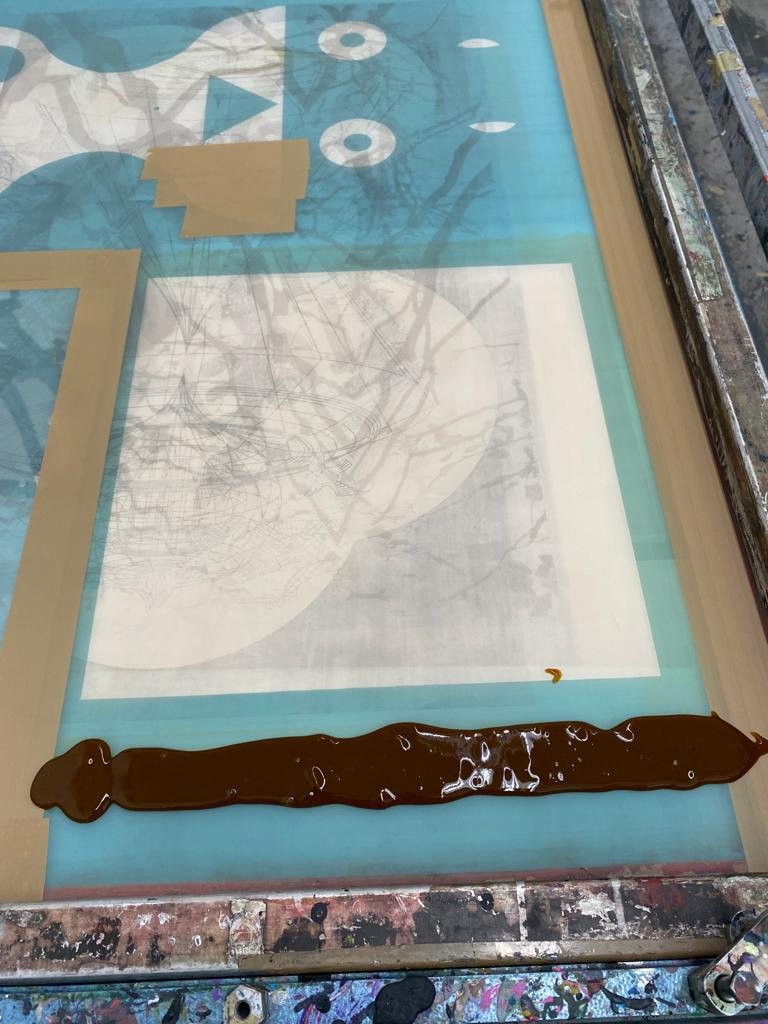RESIDENT 2023
Aurora Pellizzi
MEXICO
Aurora Pellizzi currently lives and works in Mexico City. Daughter of anthropologists, she was born in 1983 in Mexico City and grew up between New York and Cuernavaca. She studied art at Cooper Union School (BFA, 2010) and art history at New York University (BFA, 2005).
Pellizzi’s work combines formal precepts of painting and sculpture with craft techniques. Her practice is informed by pre-industrial textile processes and materials, from natural dyeing to back-strap loom weaving. Technical constraints give way to textural, dimensional shapes and forms. Fiber is used both as a pictorial field and as the embodiment of the subject it represents.
She has exhibited in Austria, Belgium, Colombia, France, Italy, Mexico, Morocco, Peru, Spain, the United Kingdom, and the United States, including exhibitions at the Franz Mayer Museum in Mexico City, the Museo de Arte Maya in Cancun, the Museo de Artes Populares of Mexico in Mexico City, and forthcoming at the Museum of the City of Queretaro and the Mexican Institute in Madrid (2023).
—————————————————
My work playfully combines formal concepts of painting and sculpture – such as abstraction, perspective, figure, and ground – with traditional textile techniques and practices – most notably weaving and natural dyeing. Humor acts as a catalyst dissipating the traditionally ascribed divide between craft and art.
In my work I often use natural infusions of indigo, brazilwood, cochineal, avocado pits, and Aztec marigold to produce my color palette. Variations of tone and hue derive from the source’s natural composition and from the particular PH of each dye recipe. Treated as a material in and of itself and not as an external attribute or coating, the resulting colors are deeply saturated and unusual, especially in our post-industrial, digital age.
Simplified abstract shapes are fleshed out into volumetric relief through layers of sculpted fiber. Geometry, figuration, and abstraction are turned on their head so that circles become breasts which spin into spheres. A triangle exists as a triangle, becomes a pubis, and then recedes into a vanishing point. The body is experienced both as detail and landscape – figure and ground coexist symbiotically.
The female figure isn’t represented but embodied as field, subject, and symbol. Bodies are simultaneously uninhibited, charged, at ease, and distended within their canvas. Physically dominant like the boulders, depressions and horizons that make up a landscape, the female body is permeated by the creative force within it –– the pro-creative and creative, intertwined.
Aurora Pellizzi

















